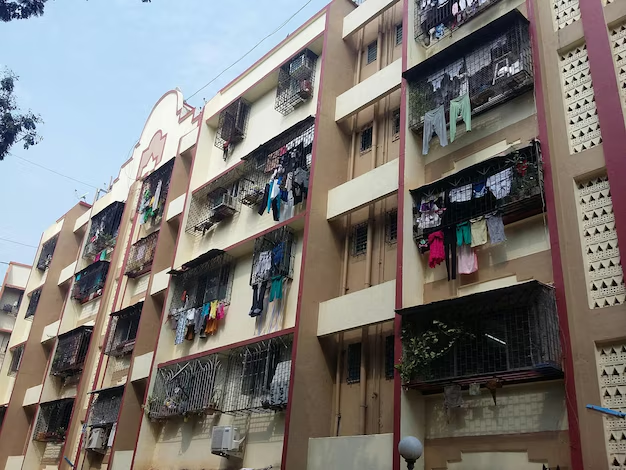Find Rental Homes That Accept Section 8: A Guide to Housing Assistance
Finding a house for rent that accepts Section 8 vouchers can be challenging but rewarding for those seeking affordable housing solutions. The Section 8 Housing Choice Voucher Program, administered by the U.S. Department of Housing and Urban Development (HUD), assists low-income families in securing safe and sanitary housing. However, navigating this landscape can often seem daunting. Here’s a clear path to facilitate your search.
Understanding Section 8
The Section 8 Housing Choice Voucher Program helps qualified individuals and families pay rent by subsidizing a portion of it directly to landlords. Tenants are required to find housing units, including private landlords, that are approved within the program standards. The housing choice voucher is critical as it allows for greater freedom in selecting an area that meets your needs in terms of safety, amenities, and accessibility.
Steps to Secure a Section 8 Housing Rental
Apply and Qualify: To start, determine if you qualify for Section 8 assistance. Eligibility is primarily based on your income, family size, and citizenship status. You must apply through your local Public Housing Agency (PHA).
Receive Your Voucher: If eligible, you will be placed on a waiting list. Once a voucher is available, you will receive notification and instructions on the next steps.
Search for a Home: Use multiple channels to search for housing, such as:
- Asking your PHA for a list of landlords that accept vouchers.
- Checking online rental sites that filter properties accepting Section 8.
- Networking with community groups or non-profit organizations that assist with housing.
Inspection and Approval: After selecting a property, it must pass a HUD inspection to ensure it meets safety and health standards. Upon approval, a lease agreement will be drawn.
Sign Your Lease: Once the lease and rental agreement terms follow HUD's guidelines, you can sign the lease and move in.
Expanding Beyond Housing
While securing a safe and affordable place to live is crucial, you might also consider exploring broader financial assistance programs to further stabilize your economic situation. These programs can offer support beyond housing, enabling you to build a more secure financial future.
Exploring Further Financial Avenues
Educational Grants: Consider applying for grants or scholarships if you or your family members are pursuing education. These can help cover tuition, reducing the need for student loans.
Debt Relief Options: If you're battling significant debt, programs are available to help consolidate or reduce what you owe, making payments more manageable.
Credit Card Solutions: Managing credit card debt effectively can free up monthly funds. Look for low-interest cards or balance transfer options to lower interest charges.
Government Aid Programs: Beyond housing, programs like SNAP (Supplemental Nutrition Assistance Program) or TANF (Temporary Assistance for Needy Families) provide crucial support for other living expenses.
As you embark on this journey, remember that there are numerous resources aimed at helping you thrive. Affordable housing is the first step, but taking advantage of other financial tools can provide a comprehensive approach to financial stability.
Helpful Resources for Financial Assistance
Here’s a handy list of programs and options to consider:
- 🏠 Section 8 Housing: Subsidized rent for eligible low-income families.
- 🎓 Educational Grants: Funds like Pell Grants to cover educational expenses.
- 💳 Credit Card Solutions: Look for cards offering low-interest rates or balance transfer deals.
- 💸 Debt Relief Programs: Options to help consolidate and manage debt.
- 🍽️ SNAP Benefits: Assistance with purchasing food.
- 🍼 TANF Support: Temporary aid for families in need.
Explore these possibilities to not just find a house that feels like home, but to also build a future that feels secure.
